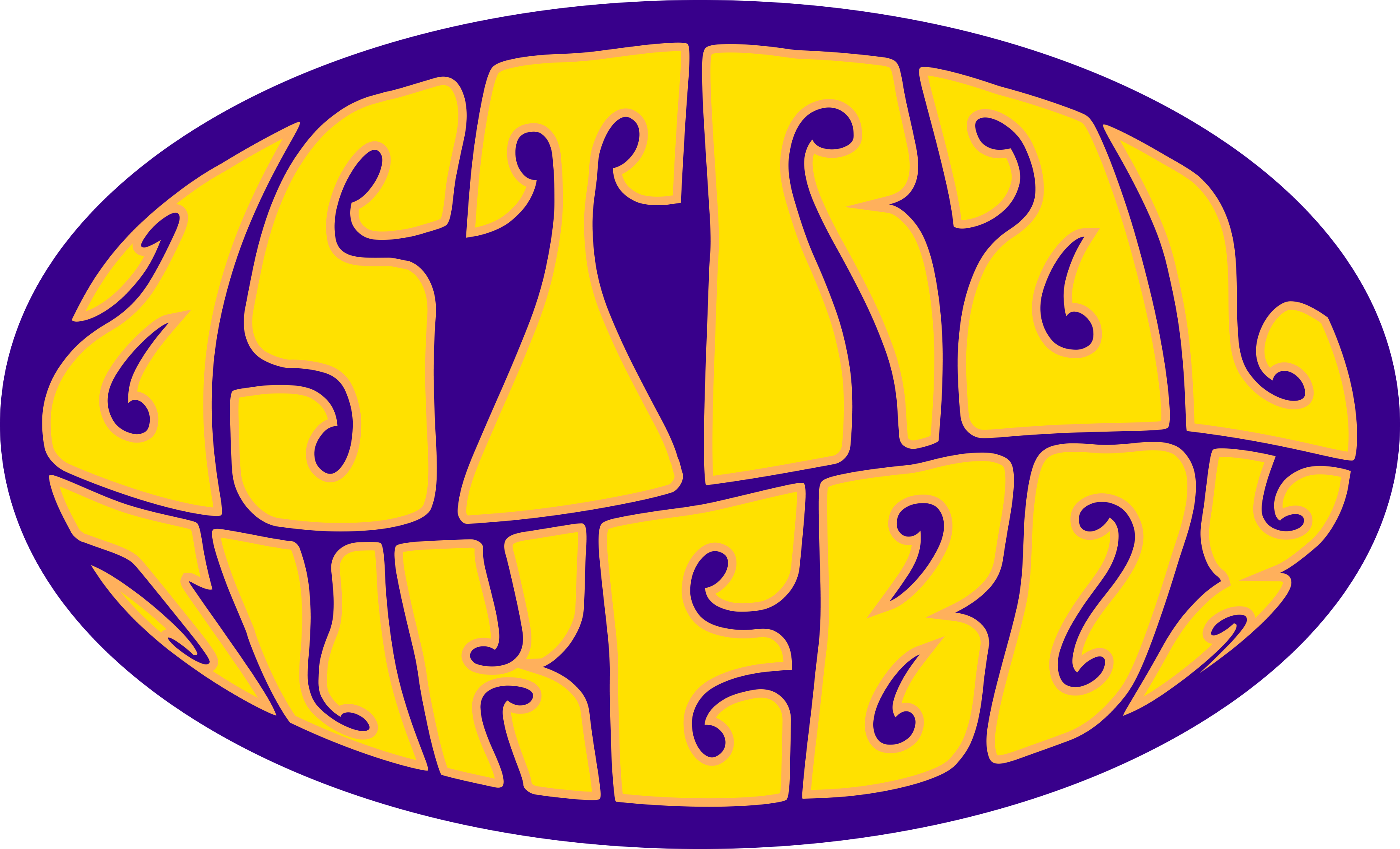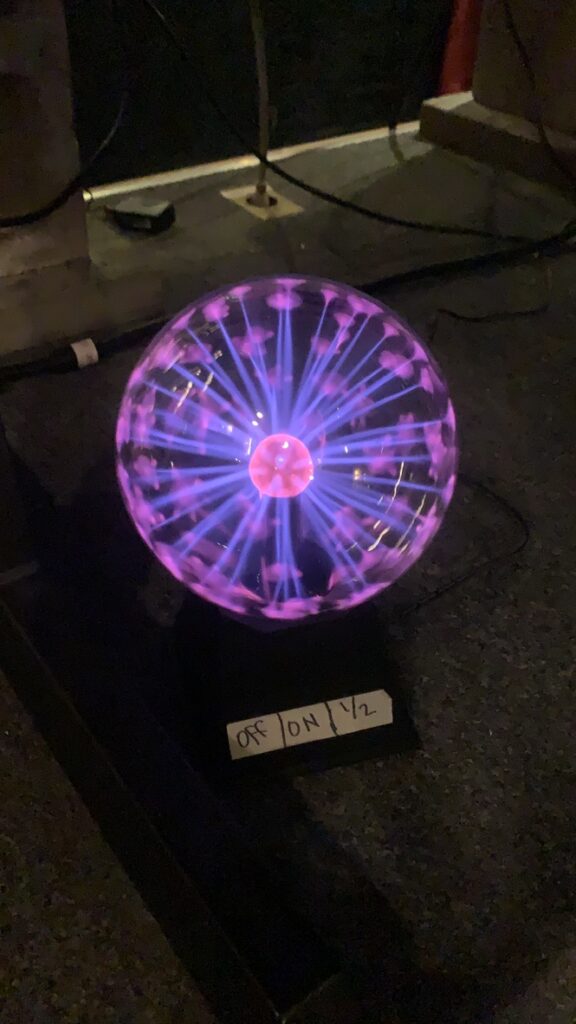Our Blog: Poems, Thoughts, and Collected Mumblings
You found the Astral Jukebox blog. Welcome to the incoherent ramblings of a rock band in Seattle, WA! Poems, Thoughts, and Collected Mumblings is a collection of journals, music reviews, poorly-written travel advice, and confessions that our lawyers told us to remove from the internet immediately. In 2021, let’s quit our safe, well-paying jobs. We now venture out into the world of below-minimum-wage gigs, seedy dive bars, cramped sleeping arrangements, and general respect of society. All of this to do the one thing in the world we always wanted to – make music!
This Astral Jukebox blog is our misadventures, inspirations, off-beat travel advice, and drifter-inspired nonsense that absolutely no-one in the world would want to wish upon themselves. So, let this be your guilty pleasure, your catharsis, and maybe even your own inspiration to quit giving a crap about the things we are told to and rebel a little, live a little, and create a little.

Astral Jukebox Blog: A Journey Unfolding
Poems, Thoughts, and Collected Mumblings is inspired by years of pent up angst against an unsatisfied lifestyle of material acquisition, corporate soul-sucking work, and quite a bit of living for someone else. Maybe this is a journal of an early mid-life crisis. This could be a full on nervous breakdown. Read on and you decide. Look out for our forthcoming album, A Beautiful Catastrophe in the fall of 2021 (if we don’t get incarcerated first). Happy reading!





